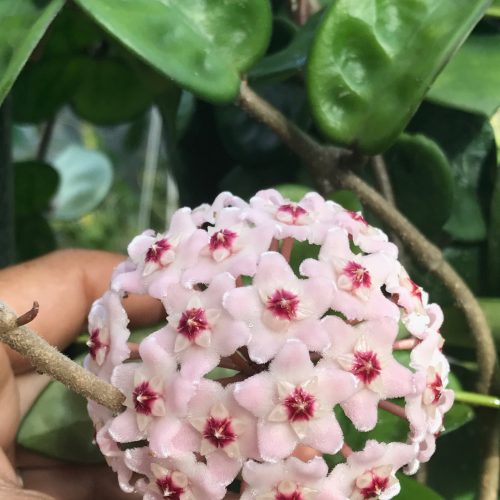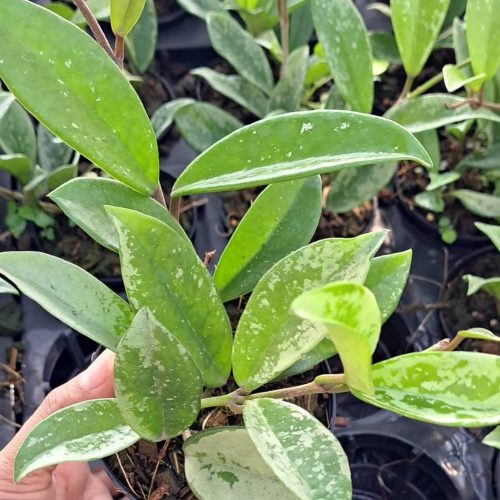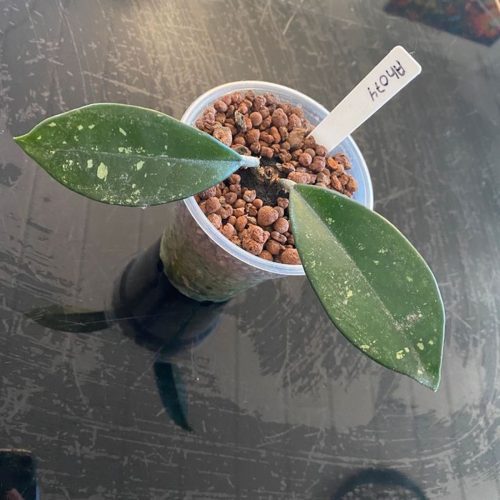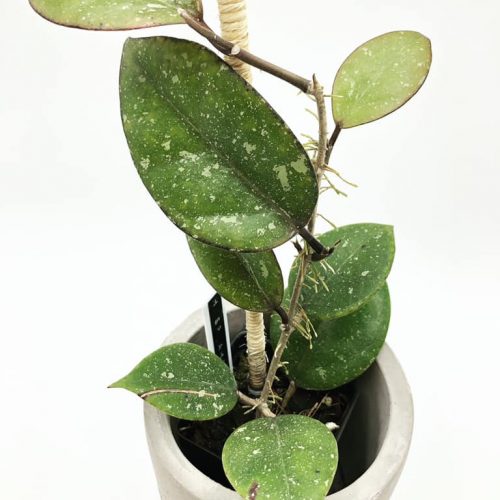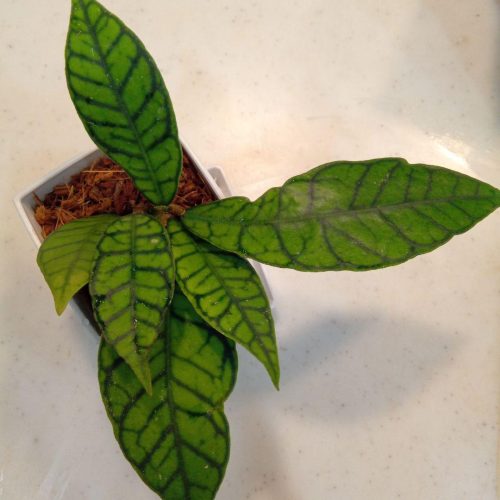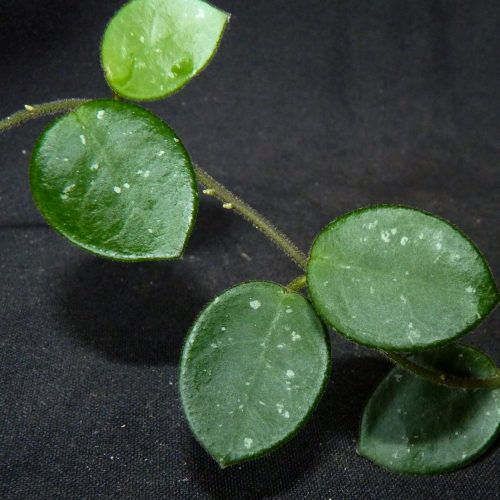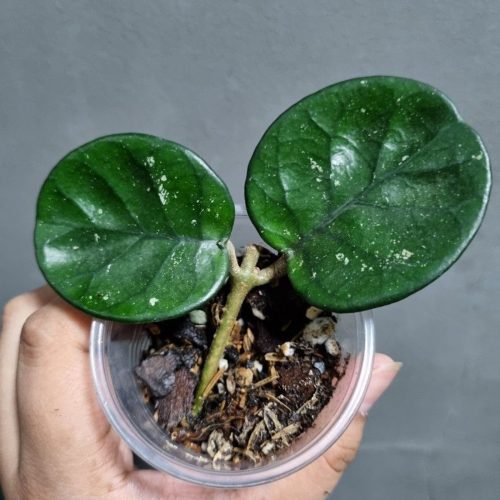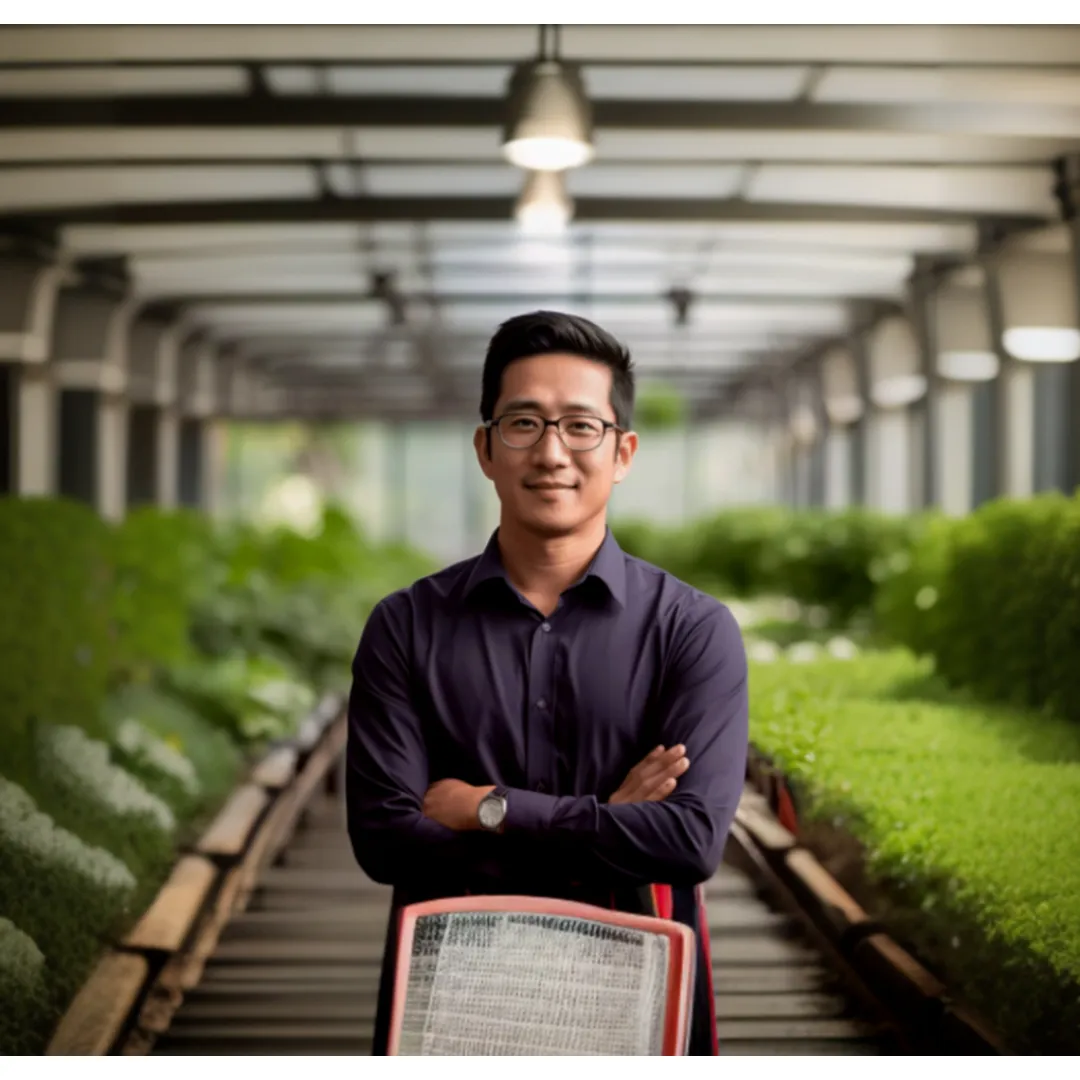Hoya plants, also known as wax plants, are popular houseplants known for their waxy leaves and fragrant star-shaped flowers. They are native to several parts of Asia and Australia but can be grown successfully indoors with the right care. Here are 5 easy steps to help you grow healthy Hoya plants.
Choose the Right Potting Mix
Use a Well-Draining Soil
Hoya plants need a potting mix that drains well. Use a soilless potting mix made for succulents and cacti that contains ingredients like peat moss, perlite, bark chips or sand. This allows excess water to pass through the soil quickly, preventing soggy roots.
You can make your own mix by combining 2 parts peat moss or coco coir with 1 part perlite or pumice and 1 part bark chips or orchid bark. Adding organic material like worm castings provides nutrients. Make sure the pot has drainage holes at the bottom too.

Pick the Right Pot Size
Choose a pot that is just large enough to hold the Hoya’s root ball with a little room for expansion. Overpotting in a container that’s too large can lead to waterlogging. For mature plants, use clay or terracotta pots which allow more air circulation over plastic.
Give Hoyas Bright, Indirect Light
South or West Facing Windows Are Best
Hoyas grow best in bright, indirect sunlight for at least 4-6 hours a day. South or west-facing windows are ideal spots indoors. Some morning sun from an east-facing window works too. Keep them slightly back from the glass to prevent scorching of the leaves.
Observe the plant’s growth habits and move it accordingly. Compact growth indicates insufficient light while yellowish, stretched-out stems show it’s getting too much direct sun. Filter harsh afternoon sun with sheer curtains.
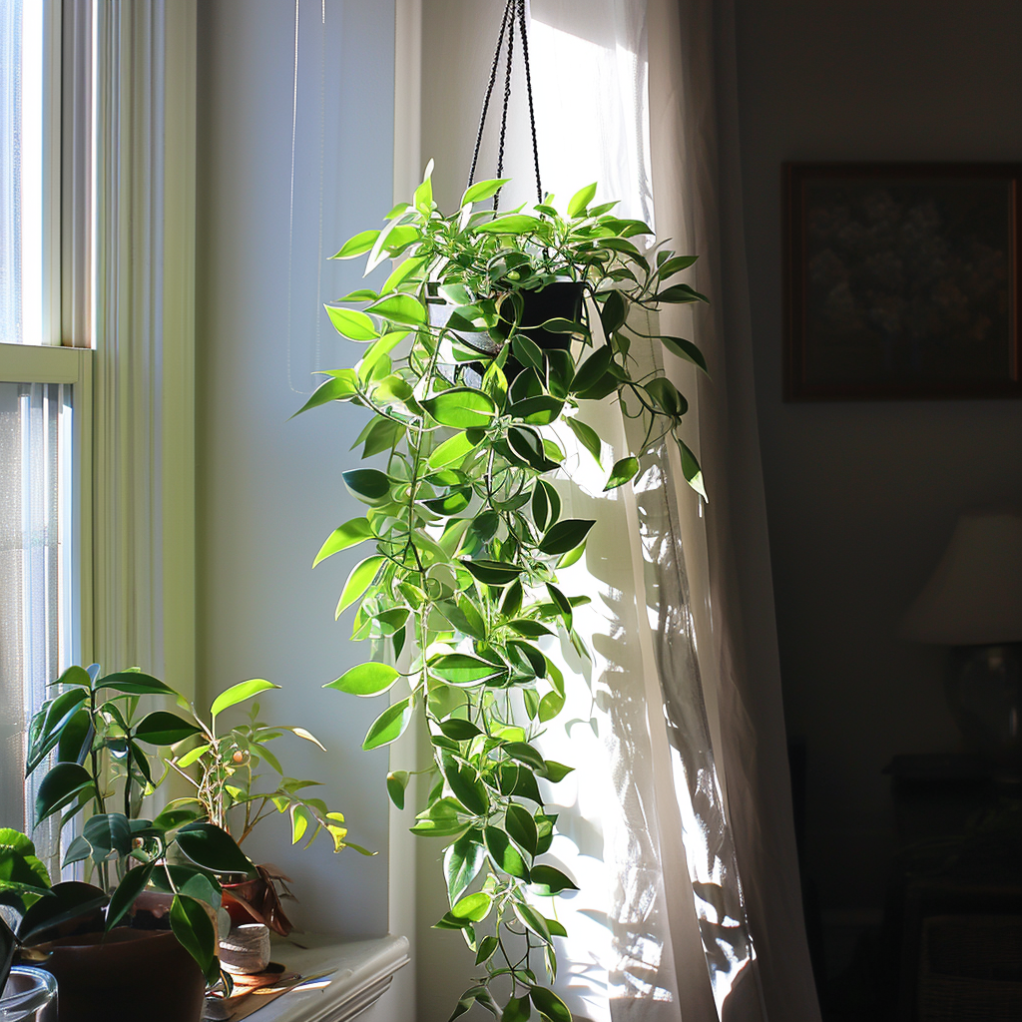
Rare and Exotic Hoya Plants Await – Dive In Now!
Use Artificial Lighting as Needed
If natural light is inadequate, use full spectrum grow lights to supplement. LED growing lamps that provide 250-400 micromoles of light energy per square meter per second (μmol/m2/s) are suitable. Position the Hoya 2-4 inches below the bulb and provide 12-16 hours of daily light. Rotate the plant occasionally for even growth.
Water Hoya Plants Properly
Allow Soil to Dry In Between
Hoyas are drought-tolerant plants that prefer their soil to dry out between waterings. Wait until the top few inches become mostly dry before watering again. The timing varies through the seasons from 5-7 days in summer to every 2-3 weeks in winter.
Check by inserting your finger into the soil before adding water. If it feels damp an inch below the surface, hold off watering. Terracotta pots dry out faster than plastic ones. It’s better to underwater than overwater Hoya plants.
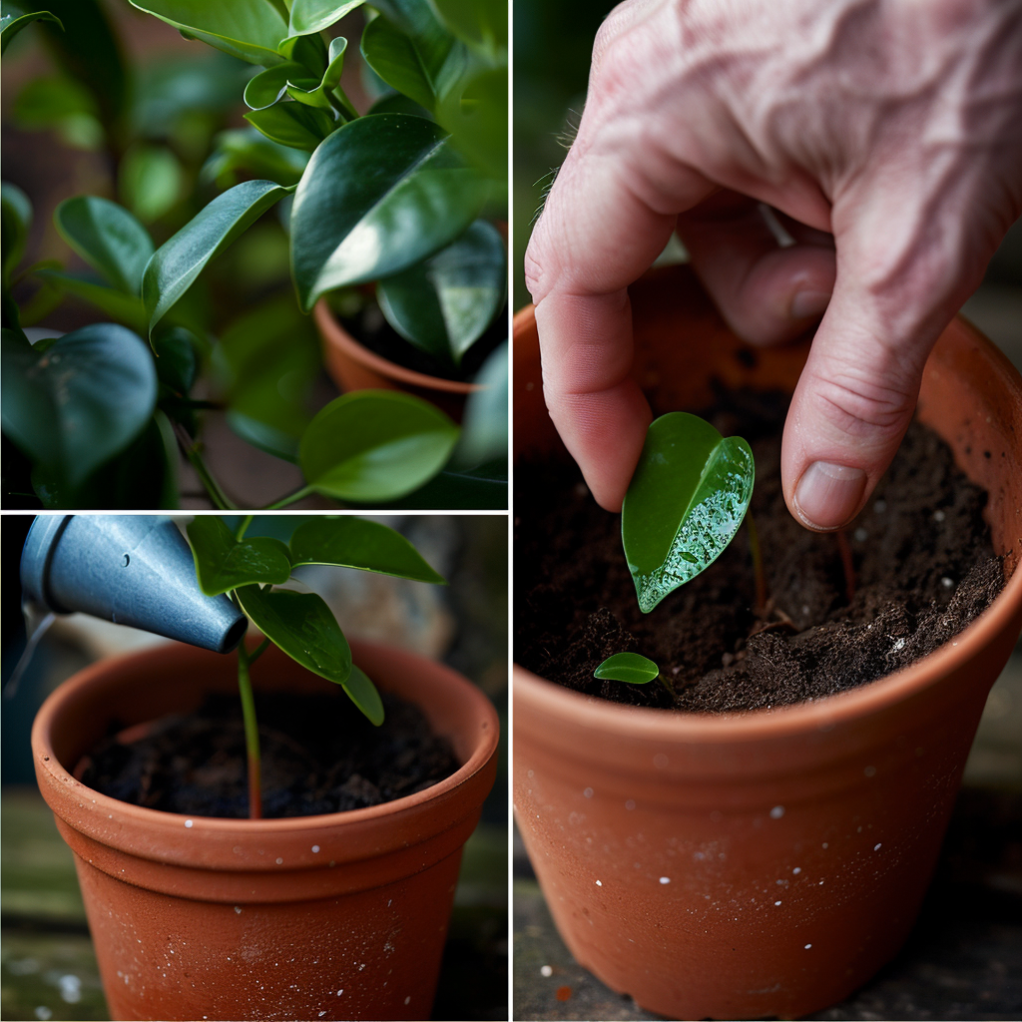
Water Thoroughly Until It Drains
When you do water, add enough so that liquid drains freely from the drainage holes at the bottom. This ensures the entire root zone gets hydrated. Allow excess moisture to drain away before returning the pot to its saucer or decorative cover to prevent soggy soil.
Maintain Ideal Temperature Range
Hoyas Prefer Average House Temperatures
Hoyas grow well at typical indoor temperatures between 60-80°F (15-27°C). They can tolerate slightly warmer and cooler ranges but may stop flowering or slow down growth at temperature extremes.
The most favorable range is 65-75°F (18-24°C) during the day and around 60°F (15°C) at night. Position them away from hot and cold drafts from heating and cooling vents which can shock them. Use a thermometer to monitor the temperature in different parts of the house.
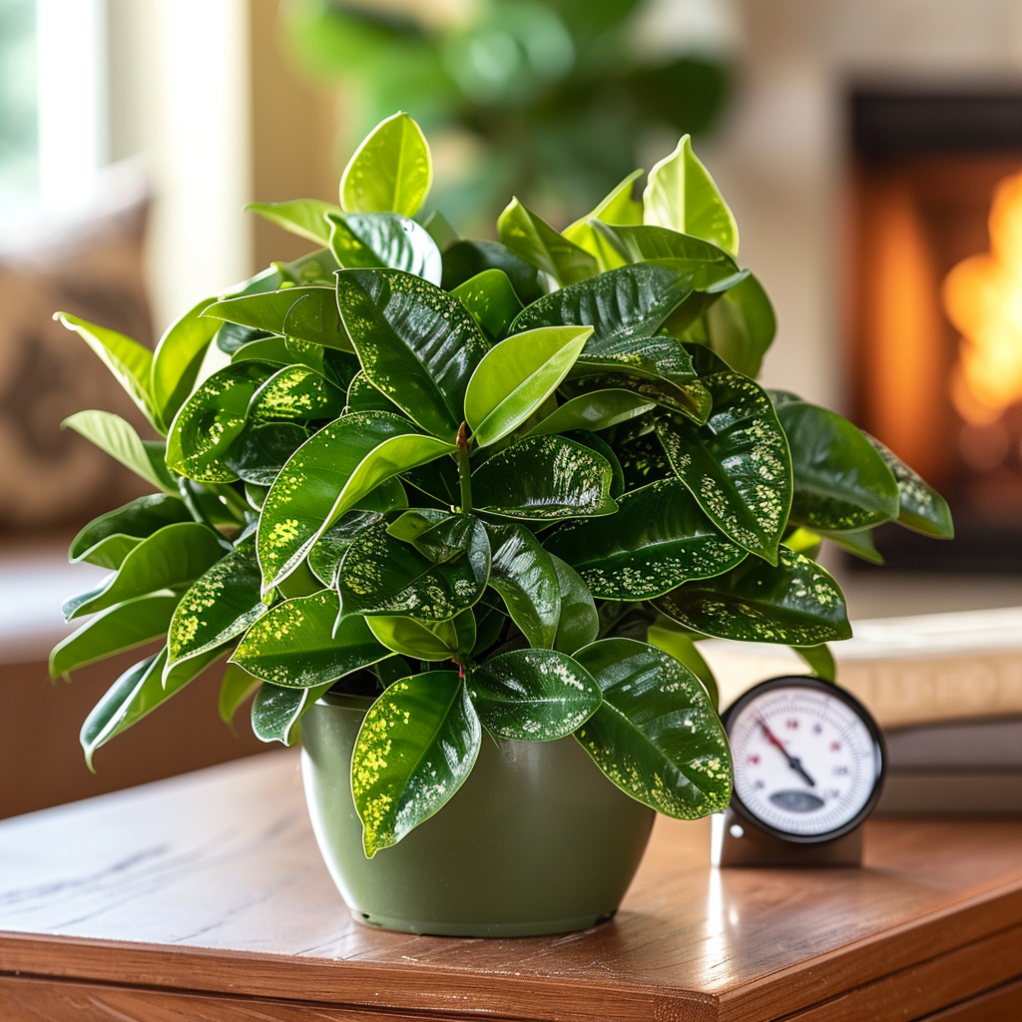
Provide Humidity as Possible
Hoyas benefit from 40-60% relative humidity. Increase moisture levels around the plant by placing its pot on a pebble tray filled with water or grouping plants together to create a self-contained humid microclimate. Use a humidifier in very dry indoor air. Ensure the leaves stay dry to prevent rot diseases.
Fertilize Every 2-4 Weeks During Growth
Use Balanced Liquid Fertilizer
Feed Hoya plants with a balanced liquid fertilizer diluted to half strength every 2-4 weeks during spring through fall. Look for a 20-20-20 or 10-10-10 NPK formula. You can also use houseplant fertilizer spikes stuck into the soil.
Avoid overfertilizing which can burn the roots. Slow down feeding in winter when light levels and growth are lower. Flush the soil with plain water every month to prevent salt buildup from fertilizers.
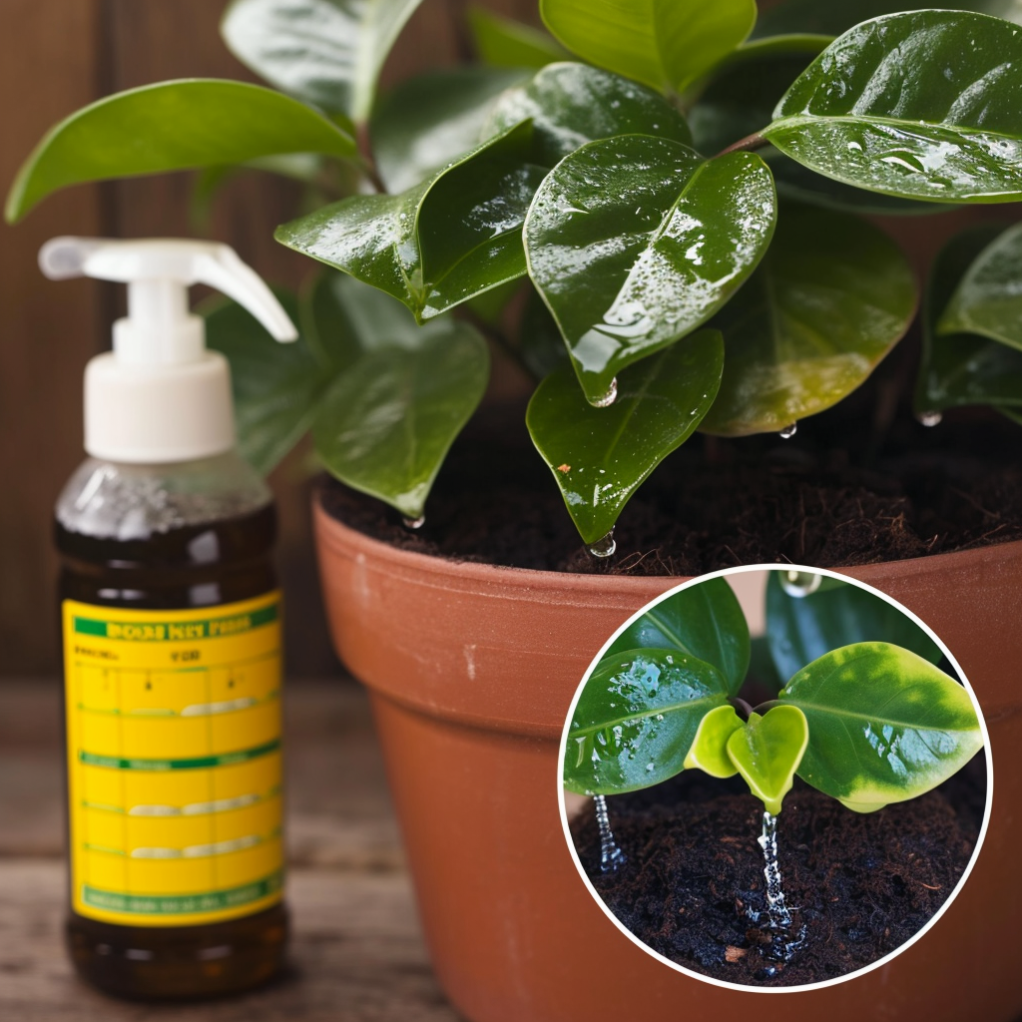
Watch for Signs of Deficiencies
If leaves turn pale or yellow in between the veins, it indicates nitrogen deficiency. Purple tinted leaves, stems or undersides usually signify a phosphorus deficiency. Treat with a fertilizer higher in that nutrient. If new growth looks distorted or deformed, reduce fertilizer dose.
Where to buy Hoya plants? Benefits from importing plants from Thailand
- Shipping: Door to door shipping, fast and safe with Dragon Courier
- Biodiversity: Thailand is known for its rich biodiversity, including a wide variety of aroid species. This diversity allows importers to access a broad range of unique and exotic aroid plants.
- Quality and Health of Plants: The suitable climate helps the plants grown here stay healthy and of high quality.
- Cost-Effectiveness: Due to favorable growing conditions and efficient production methods, Thai aroid plants can often be more cost-effective compared to those from other countries.
- Access to Hybrid Varieties: Thai growers are often involved in the development of new hybrid aroid varieties, offering unique plants that may not be available from other sources.
Hoya plants species are the most sought after by aroid plant lovers
Conclusion
Following these basic care guidelines of using a fast-draining soil mix, providing bright indirect sunlight, proper watering, maintaining suitable temperatures and fertilizing regularly helps keep Hoya plants healthy indoors. Pay attention to their growth habits and adjust factors like sunlight, moisture and feeding according to the plant’s needs through the seasons. With a little observation and care, Hoyas can thrive for many years as great low-maintenance houseplants.
FAQ
FAQ #1: What are the best conditions for a Hoya plant’s light exposure? Answer: Hoya plants thrive in bright, indirect sunlight. They do well near a window with filtered sunlight or in a spot with dappled shade. Avoid direct sunlight, as it can scorch their leaves.
FAQ #2: How often should I water my Hoya plant? Answer: Hoya plants prefer to dry out between waterings. Water them when the top inch of soil feels dry to the touch. In general, it’s better to underwater than overwater, as they are susceptible to root rot.
FAQ #3: What’s the ideal temperature range for Hoya plants? Answer: Hoya plants prefer temperatures between 60°F to 80°F (15°C to 27°C). Avoid exposing them to extreme cold or drafts.
FAQ #4: Do Hoya plants require high humidity? Answer: While Hoya plants can tolerate average indoor humidity levels, they do appreciate slightly higher humidity. You can increase humidity by misting the leaves or placing a tray of water and pebbles near the plant.
FAQ #5: How often should I fertilize my Hoya plant? Answer: Fertilize your Hoya plant every 2-4 weeks during the growing season (spring and summer) with a balanced liquid fertilizer. Reduce or stop fertilization during the winter months when the plant is not actively growing.

